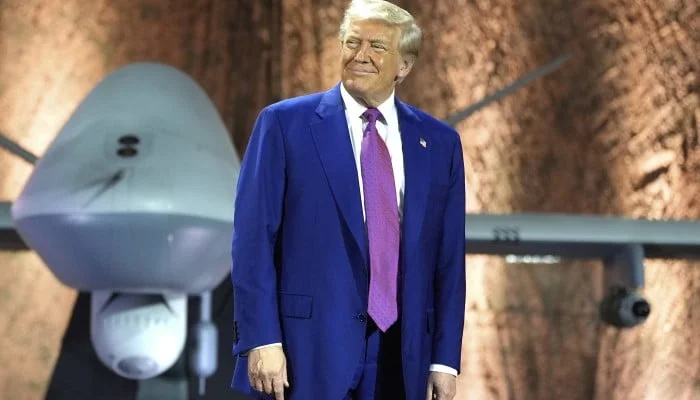
Space Force Facing Funding Squeeze Amid Growing Missions, Top Official Warns
The Space Force is facing a critical juncture as it attempts to balance expanding mission requirements with shrinking resources, according to Chief of Space Operations Gen. Chance Saltzman. In a recent Senate Armed Services Committee hearing, Saltzman warned lawmakers that the service's ability to achieve its goals, particularly in the area of space control, is being challenged by budgetary constraints.
"Despite the dramatic rise in threats and increasing importance of space over the last few budget cycles, the Space Force has experienced shrinking resources. This disconnect between value and investment creates risk for our nation," Saltzman stated. He emphasized that the service is being asked to take on new responsibilities and missions, forcing difficult choices between delayed readiness, reduced capacity, and vulnerabilities.
Space control, recently named as the Space Force's newest and most important core function, aims to protect on-orbit assets and military personnel from adversary attacks. This requires the creation of entirely new capabilities and infrastructure, a task Saltzman identified as the service's top priority in fiscal 2026. However, he cautioned that achieving this goal with current funding levels would negatively impact other mission areas.
According to Saltzman, only 22 percent of the Space Force's budget is available for developing space control. The remaining 78 percent is dedicated to providing capabilities to the entire joint force which leaves a massive gap between the requirement and what the service can achieve with their budget.
Compounding the issue are a number of additional mission areas given to the Space Force in the last three years, including transferring ground- and air-moving target indicator systems to space and taking a lead role in missile defense. Saltzman emphasized that these new responsibilities require new equipment, new training, and new personnel, all of which demand additional resources.
Echoing the concerns of Saltzman, other top Pentagon figures have highlighted the urgent need for modernization in the face of China's rapidly advancing military capabilities. General David Allvin, the US Air Force chief of staff, noted that China is "heavily funding" its military capabilities and that the US must adapt and innovate to maintain its strategic advantage. He said the US Military saw China as heavily funding for its military and Washington eager to reach a point at which Beijing would not think of going "up against any of us".
Secretary of the Air Force Troy Meink, Air Force Chief of Staff Gen. David Allvin, and Space Force Chief of Space Operations Gen. B. Chance Saltzman highlighted the critical need for investments to address current challenges and future threats, especially from strategic competitors like China. Meink added the Department of the Air Force is at an inflection point since they are engaging in a fast-paced race for tech superiority against a well-resourced, strategic opponent.
The Air Force also faces significant readiness challenges, particularly with maintaining aging aircraft fleets. Allvin noted mission capability rates, with older aircraft like the F-16 Fighting Falcon achieving approximately 62% mission readiness, still below ideal targets. He emphasized the necessity for sustained investment in modernization to maintain operational readiness and effectiveness.
Personnel issues, including recruitment and retention, were also highlighted. Meink and Allvin cited challenges stemming from budgetary pressure and emphasized the need for enhanced support structures to ensure service members and their families are adequately cared for.
Saltzman told lawmakers that the service has lost almost 14 percent of its civilian employees to early retirement and deferred-resignation programs. Civilians make up over one-third of the Space Force’s 17,000 personnel, and they mainly hold roles inside the acquisition community, raising concerns about replacing that level of expertise.
The ongoing debate about adequate funding for the Space Force highlights the challenges of balancing competing priorities in a rapidly evolving security landscape. Can the Space Force effectively fulfill its expanding mission requirements with its current resource constraints? What impact will these limitations have on national security and the ability of the US to maintain its strategic advantage in space?
Share your thoughts and opinions on this critical issue in the comments below.